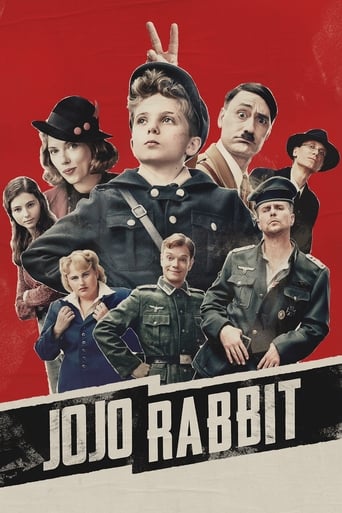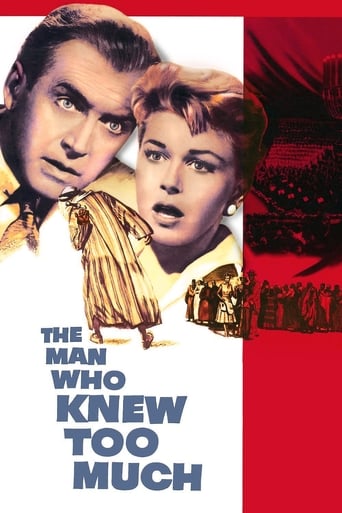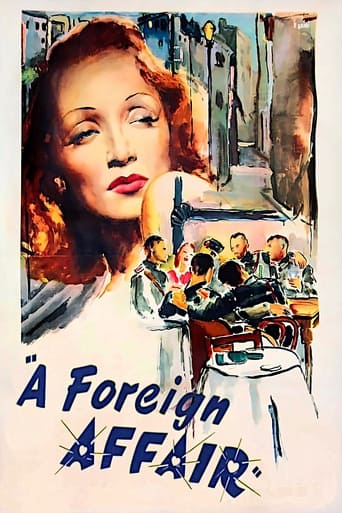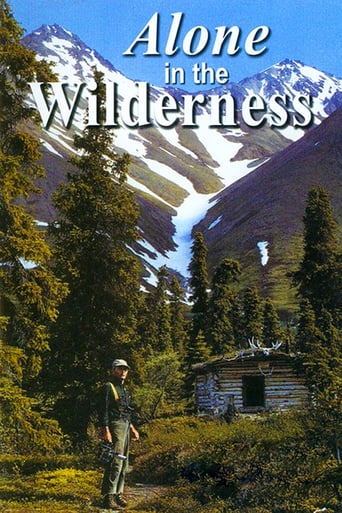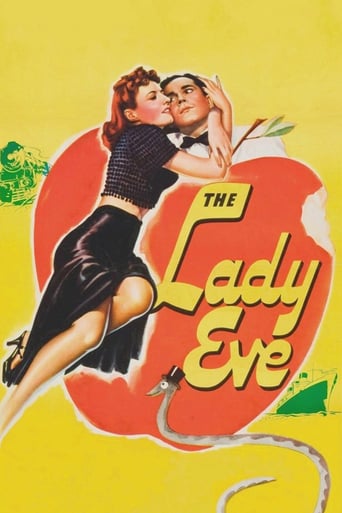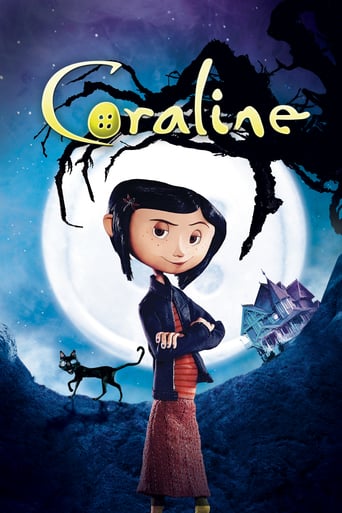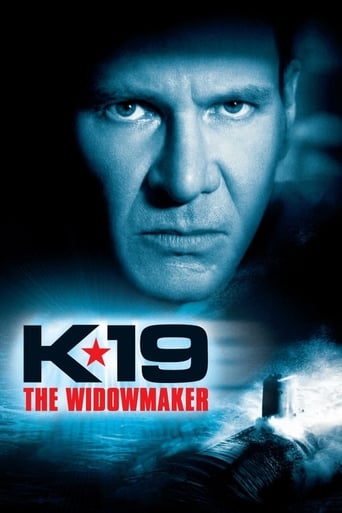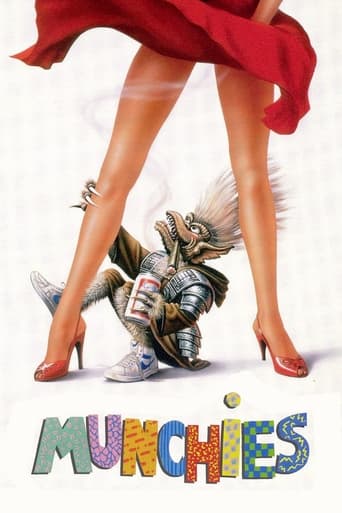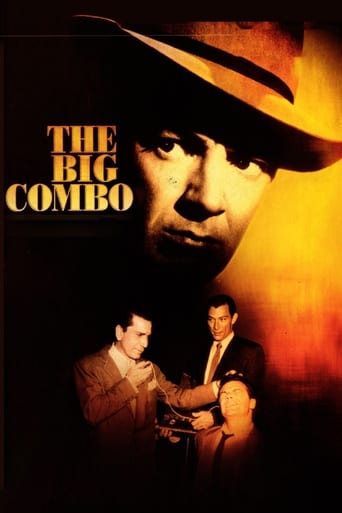


The Big Combo
Police Lt. Leonard Diamond vies to bring a clever, well connected, and sadistic gangster to justice all the while obsessing over the gangster's girlfriend.
-
- Cast:
- Cornel Wilde , Jean Wallace , Brian Donlevy , Richard Conte , Lee Van Cleef , Earl Holliman , Robert Middleton


Similar titles
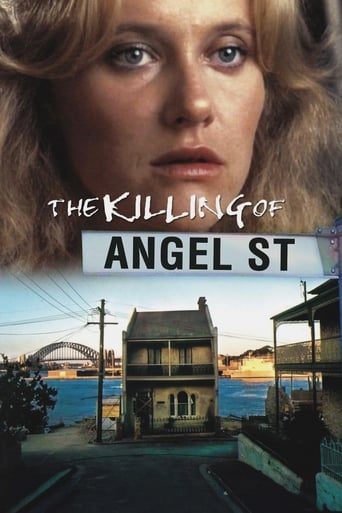
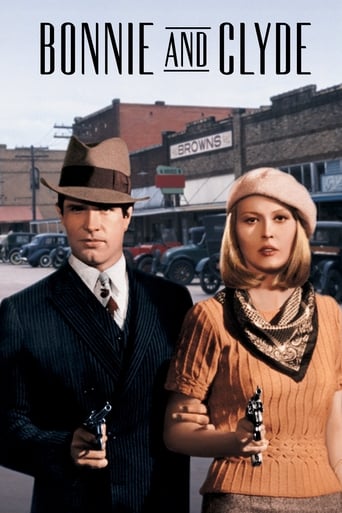
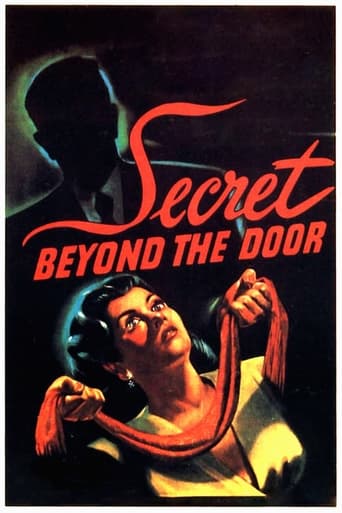
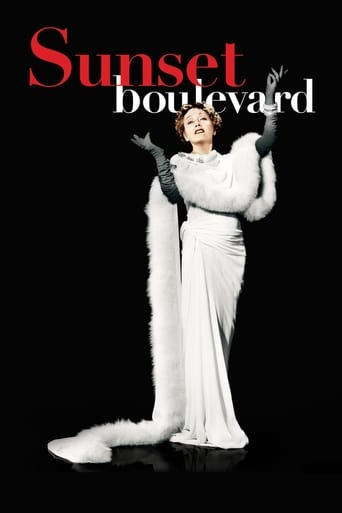
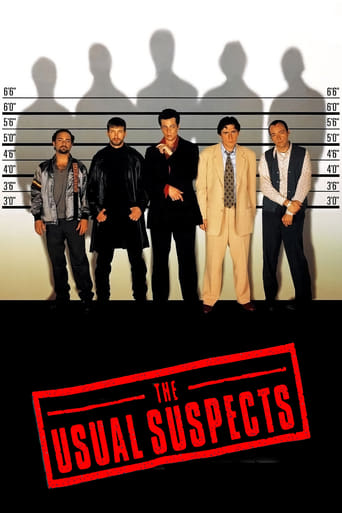
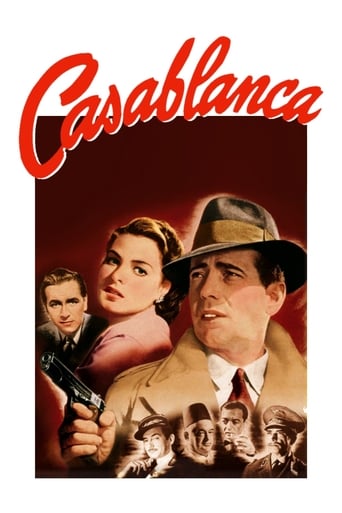
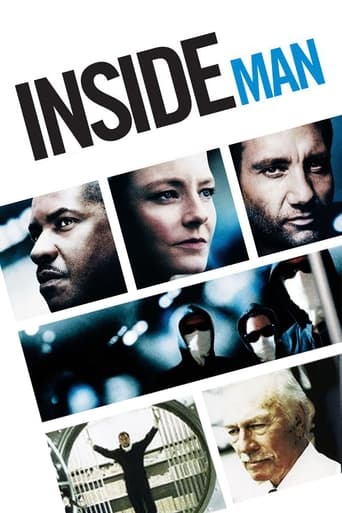


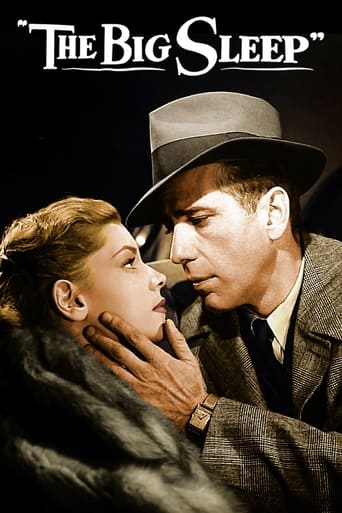
Reviews
Beautiful, moving film.
I like movies that are aware of what they are selling... without [any] greater aspirations than to make people laugh and that's it.
Simple and well acted, it has tension enough to knot the stomach.
The film never slows down or bores, plunging from one harrowing sequence to the next.
Cornel Wilde stars with wife Jean Wallace, Brian Donlevy, Richard Conte, Lee van Cleef, Earl Holliman, and Robert Middleton in "The Big Combo." Wilde, who was one of the producers, had the idea of turning his wife into a serious actress. She certainly was pretty. For those who may not know it, Wallace was first married to Franchot Tone, so Wilde became their children's' stepfather.The story concerns a police detective Diamond (Wilde) who is after the head of a far-reaching mob, Mr. Brown (Conte). He's been ordered to stop investigating because he can't find any evidence and also, he is in love with Brown's girlfriend Susan (Wallace) and the department is over budget thanks to his obsession.When Susan attempts suicide, Diamond is allowed to follow one last lead, which is the name Alicia that Susan muttered in the hospital.Meanwhile Brown sends his thugs, Fante and Mingo (Van Cleef and Holliman) to stop Diamond. By mistake, they murder Rita, Diamond's girlfriend. Now nothing will stop Diamond until he gets his revenge.Good noir, with Wilde in top form a a tough guy. I admit he's never been a favorite of mine - he just does not warm up the camera at all. In order to avoid the production code, the sexual scene between Diamond and Rita is cleverly managed, and there are only subtle indications that Fante and Mingo are gay lovers - less subtle once you're aware of it and watch it again. Helen Walker plays Brown's wife, and alas, the years weren't kind to her due to her trial and bad publicity in the 1940s. Here she's in a character role. By 1968, she would be dead, at the age of 47.Richard Conte is fantastic as Brown, cruel and mean with no redeeming qualities. He pulls it off perfectly.Recommended - the photography throughout is excellent, but the final shot at the end is stunning.
Michael Neumann offers a very concise summary ("hard-boiled crime melodrama", Michael Neumann from United States, 7 November 2010) that is all a person needs before deciding to see it. In addition, ChristophCinema discusses the villain/protagonist relationship and says this is why the Big Combo works ("Should not be overlooked", ChristophCinema from United States, 19 December 2012) .I also enjoyed Robert Temple's background on (erratic) Jean Wallace ("Quite a combo", robert-temple-1 from United Kingdom, 13 September 2012). And, don't miss Terrell-4's praise of the exquisite cinematography ("John Alton's cinematography is a classic noir example...", Terrell-4 from San Antonio, Texas, 2 February 2008).Even by contemporary standards, The Big Combo (1955, directed by Joseph H. Lewis), achieves a level of tension that makes it essential viewing for fans of the film noir canon. This is a "B movie" with rather minimalist direction, but is very interesting to look at because of the skillful lighting. (Lewis is content to set up an establishing shot and hold it at length. This requires the actors to directly face the audience at length, which they often do here. If it weren't for the excellent lighting, it is doubtful this visual approach would have succeeded.) Cornell Wilde plays the obsessed and hardboiled police Lieutenant Diamond who spends most of his waking hours trying to bring down a mob kingpin. (Yes, it is hard to imagine police this dedicated today.) Richard Conte is the sadistic, misogynist and slick-talking mobster Mr. Brown. Despite their nearly limitless mutual loathing, there are strong narrative parallels between the detective and the mobster. One could say they are alter-egos.Jean Wallace (Susan Lowell) is very good as Mr. Brown's depressed girl who is on the verge of a nervous breakdown her entire time on the screen. Mr. Brown's three henchmen are all very interesting. Brian Donlevy is washed-up, shoulda-been-boss Joe McClure who tries to take over the gang. Lee Van Cleef (Fante) and Earl Holliman (Mingo) are vicious but not terribly bright hit men. (Cultural warning: There is a scene where both say lines that are such obvious references to homosexuality it is unintentionally funny today.) "First is first, and second is nobody". Mr. Brown says this repeatedly. His axiom of power resonates in these dark times. If you're a fan of film noir, don't miss "The Big Combo."
A detective obsessed with catching a criminal, to the point where the two mirror each other . . . not Heat (Michael Mann, 1995) but a film of 40 years earlier, The Big Combo (Joseph H Lewis, 1955). What an array of talent! Not just director Lewis, but screenwriter Philip Yordan, composer David Raksin, and director of photography, John Alton. Low budget, high art. Ars longa, vita brevis.Consider the opening 10 shots, following the credits: 1. Night, cops directing crowds across a road. 2. Dissolve to LS of boxing match. 3. Back of the stadium, lit with light and shadow, very high walls: a woman comes towards us running, chased by two men. 4. Shaft of light: the woman enters it running, then exits. 5. Repeat of shot 3, the set a little altered: the woman chased again, as if in a labyrinth. 6. Swing doors in dark and light: the woman runs through them. 7. LS of woman other side of the doors, two men still chasing. Our eye is drawn to a coffee counter at the right with a single customer. 8. The two men catch and hold the woman, then let her go. 9. Frontal MS of woman walking into the light, slight pullback of camera while a muted trumpet plays the main musical motif softly; the two men enter the frame, and one leaves. 10. MS of woman with hoodlum (Lee Van Cleef, for it is he is) in full light throwing shadows on wall, followed by camera doing a swift pan right to the coffee counter from shot 7, where it holds the shot, then as the customer finishes his coffee he walks diagonally into CU. 11. Dissolve to . . . etc.The first thing to applaud is the way the film states that the woman is running from the boxing match: she's not shown at the ring, just at the back of the stadium, in flight. The juxtaposition of the ring and of the woman running is all that is needed for us to connect the two, while at the same time conveying the notion that she is running from everything, not just a boxing match. Top economy of narrative.The second reason is John Alton's direct quote of Edward Hopper, the painter of human solitude, who liked to frame his individuals in the window so that we see them through a glass screen, rather like a film director in fact. Nor is this redundant pictorialism since the pan to the coffee counter and the man then moving forward links the two elements of the story: we've seen the hoodlums; now the film introduces a detective.The third reason is the immediate sense of claustrophobia that the sequence generates, a case of 'Start as you mean to go on': the protagonists move in spaces determined by the lighting and the shadows and silhouettes they create. A triumph of black-and-white chiaroscuro.A triumph too for classical Hollywood as opposed to the mannerist Hollywood of Heat. That was made with a massive budget, bigger stars, bigger set pieces when with The Big Combo Joseph H Lewis (and the producer Sydney Harmon) show how it can be done so much more simply without losing quality. What is more the psychology of the cop-criminal relationship in Lewis's film is far less glamorous, more gritty and more cruel than in Heat. Heat managers to give a sheen to its posturing, show-off psychopaths; in its underplayed but disturbing torture scenes, The Big Combo paints a darker interior picture to match Alton's exteriors, oppressive in their combination of darkness and blinding light.171 minutes of Heat? Well, probably. 84 minutes of The Big Combo? Yes, definitely.www.timcawkwell.co.uk
Having mostly enjoyed Cornel Wilde films, I was anxious to catch up with this rarely screened title. While it kept my interest throughout, I was surprised that by the end, I did not want to keep my recording.Following a nice main title, the film gets off to an interesting start, but this actually promises more than it delivers. The great 40's noir films had tight pacing, sharp dialog and a multi layered look and feel ~ all this is lacking here. Obviously the producers recognized this, as they themselves dropped scenes from the final cut. Whit Bisel remains on the cast, but not in the film! Even with some segments reduced the film feels much longer than it's 80+ Min's running time. I quite like slow films, but they should never feel longer than they are, and must have strong lines and situations. Its a good time filler, but don't think it will stay with too many after it's over. Wildes wife Jean Wallace is lovely to look at in the Grace Kelly school of cool blonds. The Black and White print I caught on local ABC TV was very good quality (far better than many of the soft image, and poor quality sound prints pushed out on TCM!~ when will they get it right?) Many have mentioned enjoying the films use of light and shadow, but this too is obvious and forced, looking more like cheap TV lighting, not the true 'style' of great cinema. The cast tries hard but the lines are just not there for them (substitutes violence for good dialog) OK for the easily pleased, others, don't expect too much. A decade later Wilds 'Naked Prey' while a total departure, is a far better effort.

